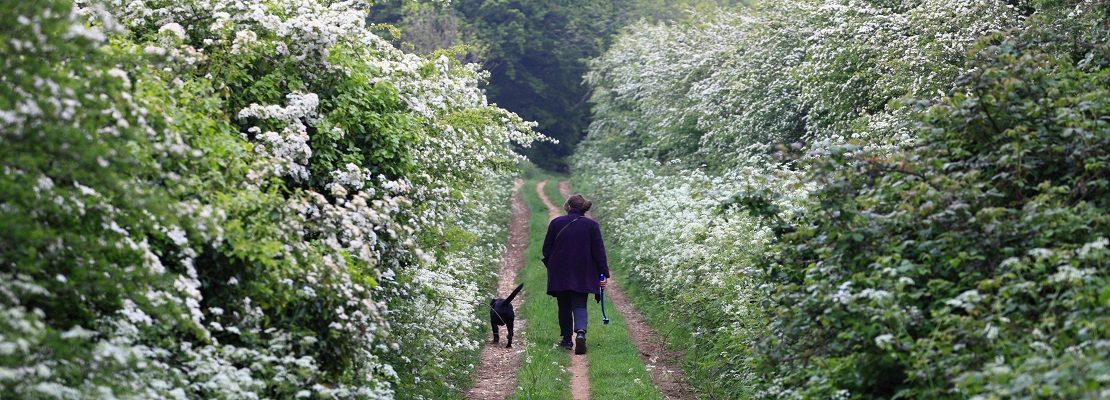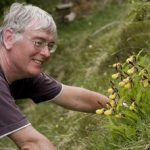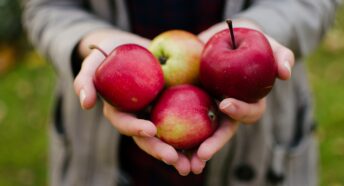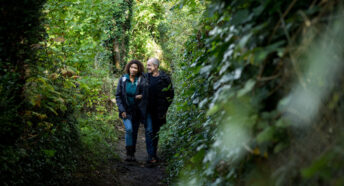The power of flowers
We can find extraordinary natural beauty in the most ordinary places. Wildflower expert Peter Marren shares some of his favourite spring and early summer blossoms and offers hints on where to find them.
I know it’s a soppy thing to say, but I love wildflowers. What do I love about them? It begins with their colours: the sunshine yellow of a field of buttercups; the blue mist of a sheet of bluebells; the tapestry of pink, yellow and white on old hedgebanks in May. It continues to their meaning. Flowers tell you about the seasons, about the land and its history; about how life functions and competes for resources. And then there’s the cultural side: the wild stories we weave around flowers, and what past generations have believed about them, true or false. Their very names are wonderful: columbine, forget-me-not, dandelion, marjoram, fumitory.
Time was, wildflowers were everyday things, as familiar as birds and trees, and not only to naturalists. My mother knew the country names of the common wildflowers near her home. She often picked them to press in a book and played games with daisies, sticky buds and plantains. Her mother knew that some wild plants are useful: this one soothed stings, and a poultice of that one healed cuts and scrapes. Plus, those you could put into salads, or give to the chickens (but not that rather similar one, for it was deadly poisonous).
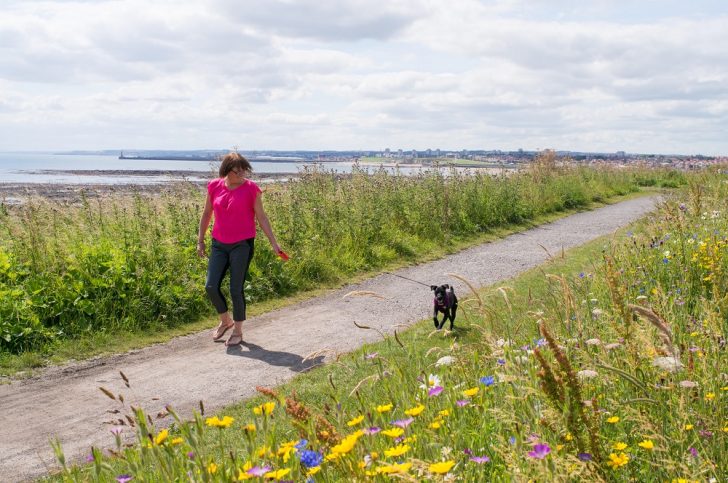
Of course, when you were brought up among wildflowers, seeing them as you walked home from school, or playing in the wilder corners of the park or the common, you learned them quite effortlessly. Coming to our flora for the first time as an adult, though, is different. You might buy a field guide and note that there are a lot of them – around 2,000 native and naturalised species in England alone – and some of them look disconcertingly similar. It smacks of botany, an academic subject that has gone rather seriously out of fashion.
For me, getting to grips with nature starts at home. The flowers of field and hedgerow are our neighbours. To appreciate them, we must look closely. See their subtle shapes and patterns; the fine detail of a flower; the insects that visit them; and the way that certain flowers seem to crowd together. Wildflowers define the spaces in which we live. They’re the landscape’s bright clothes. We really should cherish them more, not least because they make us happy, and at peace with the world.
Bluebell
The bluebell is our national flower – and so it should be, for there are more bluebells growing wild in England than in the rest of the world put together. Massed bluebells under dappled shade merge into a sort of mist: Gerard Manley Hopkins’ ‘blue-buzzed haze’. The effect is enhanced by their cool, intoxicating scent: England’s enchanted forest.
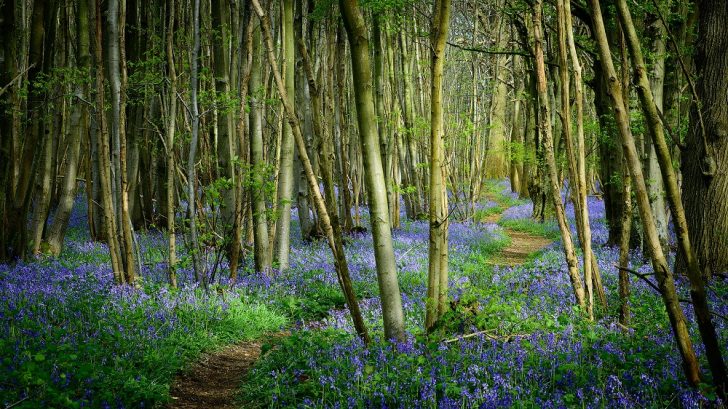
Primrose
The primrose is the prima rosa, the first flower, its lovely creamy-yellow sprays nested within those crinkly, hare’s-ear leaves. Primroses live on the margins of things, at the edge of the wood, along a path, or on a bank below a hedge. A friend of mine followed the fortunes of individual primroses near his home. He got to know them as a farmer knows his cows, and each one told a different story in its struggle to survive. He should write a book: The Primrose Saga.
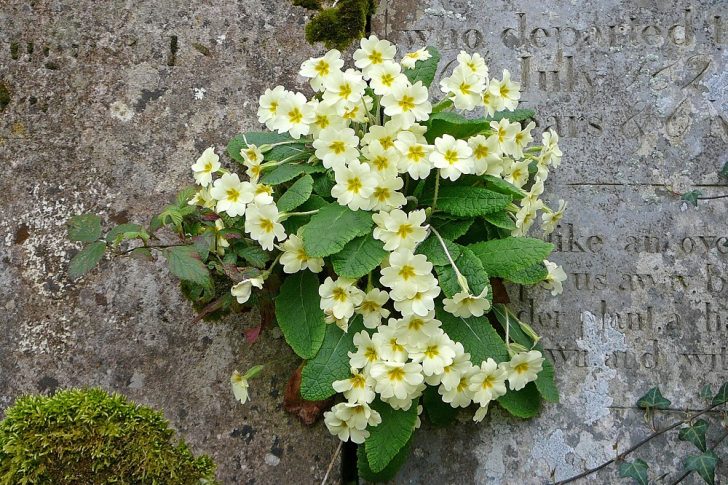
Campion
There are two common campions, red and white. If you spot a pink one, it’s probably a hybrid between the two. Campion is an old name, probably derived from the French champ, for they are ‘flowers of the field’ – though red campion is also found in woods. They have also been called cuckoo-flowers because they come into bloom at about the same time as the first cuckoo. Red campion is currently overrunning parts of my small garden, and it’s welcome to do so. Its massed blossoms form a delightful pink haze which lasts a full six weeks, and the bees love it. And it costs me nothing.
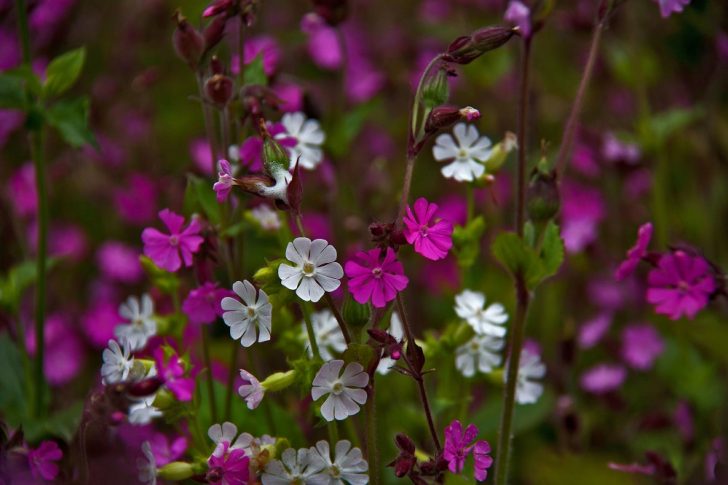
Celandine
It’s such a beautiful name that it seems a shame to qualify it, but I specifically mean the lesser celandine – that humble harbinger of spring, whose glossy yellow petals radiate like the rays of the sun. Celandine is an old word meaning ‘swallow-flower’. Like the swallow itself, it is a promise of warm days to come. William Wordsworth loved the celandine so much he devoted three poems to it. He wanted it engraved on his memorial in Grasmere church, but they managed to get the wrong one. The mason evidently thought the poet meant the greater celandine, an unrelated flower.
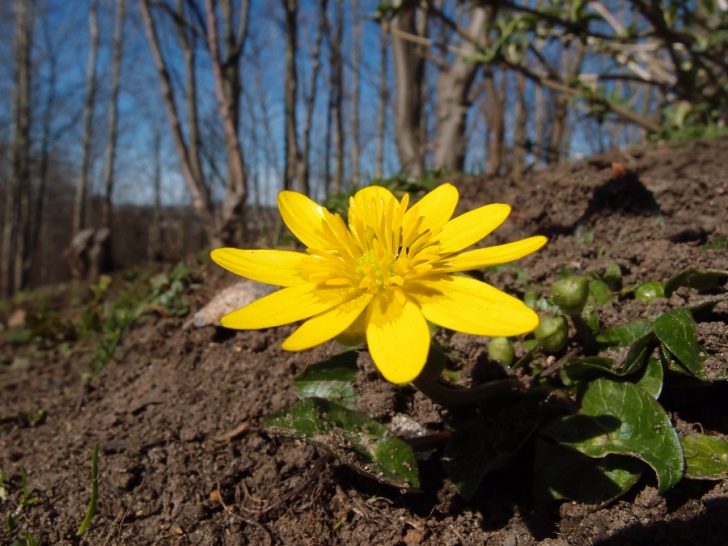
Lords-and-ladies
The flower of our wild arum lily is a purple, poker-shaped object projecting inside a pale-green hood. Its strangeness has furnished this plant with a host of folk-names, most of them rude: cuckoo-pint, wake-robin, priest’s pintle, Jack-in-the-pulpit. To deepen its oddity, the poker-flower heats up before releasing a musky scent to attract flies. Touch one, and you might get a shock!
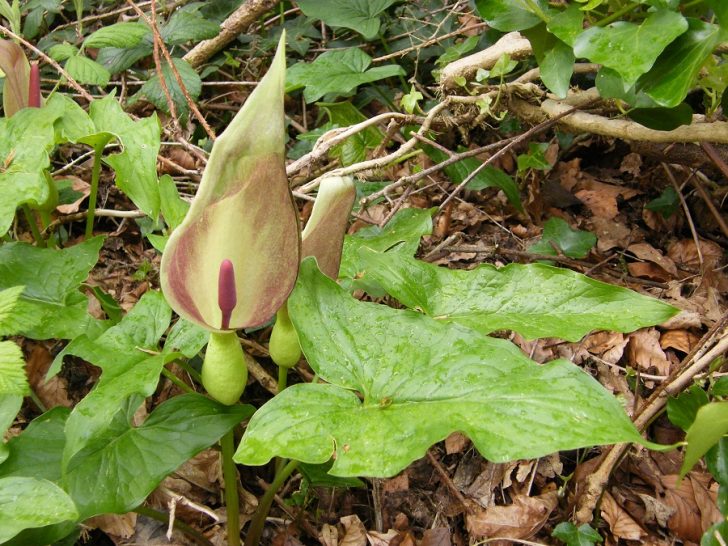
Germander speedwell
Speedwells have tiny blue flowers with a little pupil that made people think of cat’s eyes. Their scientific name, Veronica, commemorates the eponymous saint who wiped the face of Christ on his way to Calvary. The flower is a reminder of Christ’s own eyes imprinted magically on the cloth. As for ‘germander’, it means ‘ground-oak’, for this speedwell has toothed leaves that are vaguely oak-like. Its cheerful flowers grow by the wayside, and speed you on your way with a smile.
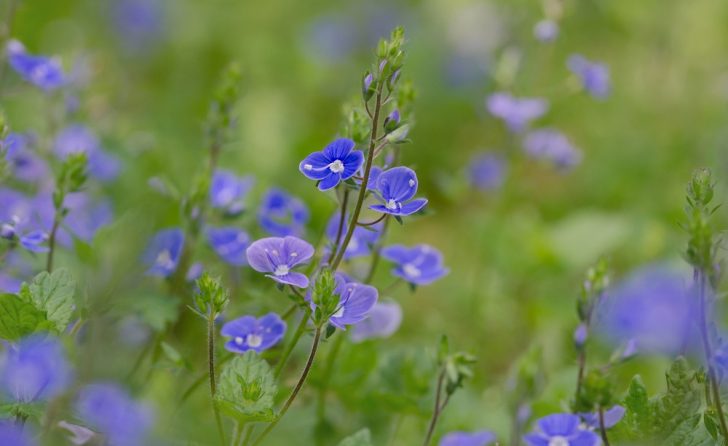
Peter Marren is a natural history writer with experience in journalism and conservation. His latest books are Chasing the Ghost (Vintage) about hunting wildflowers, and Emperors, Admirals & Chimney Sweepers (Little Toller), about the wonderful names of butterflies and moths.
Share your favourite wildflower stories and photos with us on Twitter, Facebook or Instagram.
This article was originally published in CPRE’s award-winning magazine, Countryside Voices. You’ll have Countryside Voices sent to your door three times a year, as well as access to other benefits including discounts on attraction visits and countryside kit from major high street stores, when you join as a CPRE member. Join us now.
